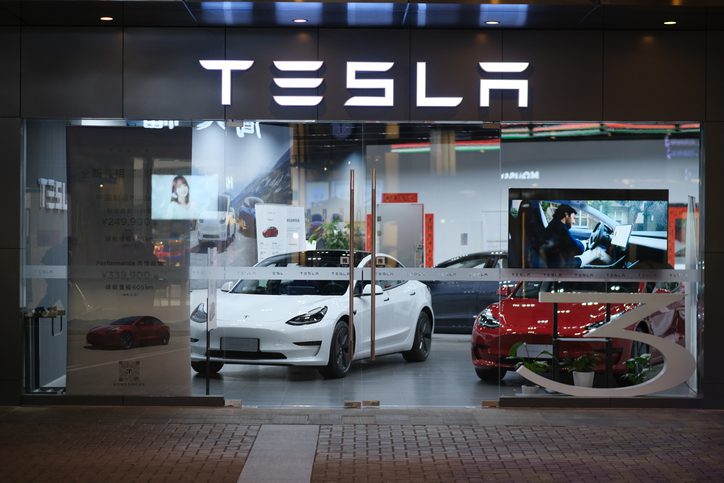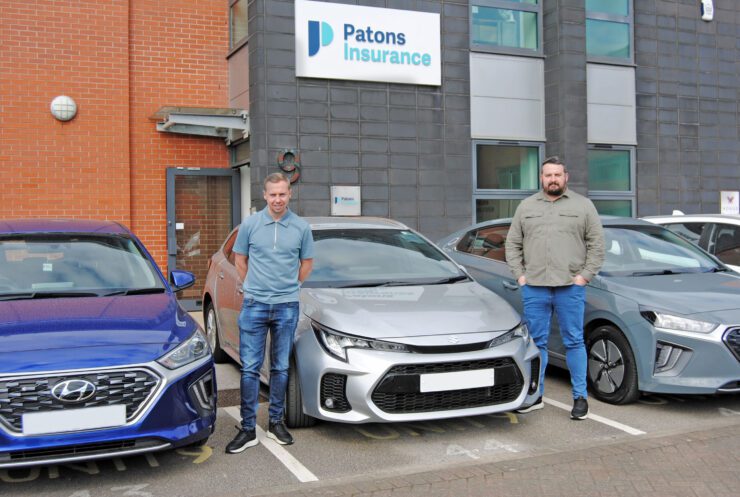As robotaxi companies continue to expand their services, Tesla is planning to have its own driverless cabs on the roads by 2027.
Tesla founder and CEO Elon Musk last month announced his firm’s Cybercab robotaxi – which will take on the likes of Waymo, Cruze and Baidu – as well as a robovan which will carry goods and up to 20 passengers.
Personal service
The two-seater Cybercab has a futuristic design with two doors but has no driving equipment, such as mirrors, steering wheel or pedals. The BBC reports that passengers will use an app on their phones or use the vehicle’s touch-screen to set their destination, pay, etc.
There will undoubtedly be a lot of interest around the new kid on the robotaxi block and comparisons will be made between rival companies.
But the one thing they all lack is the personal service given by taxi drivers who do far more than take passengers from one place to another, which will be the sole function of a robotaxi. As technology develops, passengers will be expected to do everything.
There will be no one to support wheelchair users or people with other disabilities who need help to get in and out of a robocab or van, and do these driverless cabs take into account passengers with assistance dogs, or people who might need help getting their shopping to and from the cab?
By taking the human out of the equation, robotaxis remove the humanity from it. This weekend, we saw hundreds of black cabs lined up in London with generous drivers offering free rides to military veterans to and from Remembrance services. In future, will it be rows of robotaxis carrying out this benevolent act and if so, who will make the decision to send them?
Capabilities
At the Cybercab launch dubbed “We, Robot,” Mr Musk reminded the audience of his view that “fully self-driving vehicles will be safer than those operated by humans and could even earn owners money by being rented out for rides”.
The LA Times reports that Mr Musk sees Teslas of the future as becoming part of an ad-hoc taxi service which allows vehicles equipped with Full Self-Driving technology to be deployed to pick up paying customers. This means that anyone who owns an FSD-equipped Tesla can use it as a robotaxi as a side-hustle, making money from it when it would otherwise be parked while they are at work or have gone to bed.
Mr Musk sees this as a logical next step for technology that is already present in many Teslas. But unlike Waymo cars which use tested and approved laser-based sensors to navigate their environment, Teslas rely on cameras alone to do the job. So far, Tesla’s FSD technology is not capable of operating without a driver present.
And Sam Abuelsamid, a transportation analyst at Guidehouse Insights, warns in the LA Times: “Even without drivers, autonomous taxis have expenses, such as charging, cleaning and insurance, which eat into profits. No one has really yet figured out a business model for robotaxis.”
As the robotaxi industry continues in its infancy, it is clear that huge investment is needed to purchase and operate autonomous cabs. Google owner Alphabet is behind Waymo’s expanding fleet of robotaxis and the Cybercab has the weight of Elon Musk and Tesla behind it.
It will be interesting to see whether taxi drivers and base owners be able to buy and run their own robotaxis in future. It is likely that they will continue to operate as they do now, providing a dedicated service to passengers, and work alongside robotaxis when they do arrive on our roads.


